
Global ratings firm Moody's on Tuesday downgraded its rating of State Bank of India's financial strength by one notch to 'D+' on account of the lender's low Tier-I capital ratio and deteriorating asset quality.
"Moody's Investors Service has downgraded the State Bank of India's bank financial strength rating, or standalone rating, to 'D+' from 'C-'," the agency said.
As per Moody's, a 'D' rating suggest 'modest intrinsic financial strength, potentially requiring some outside support at times', while a 'C' rating denotes 'adequate intrinsic financial strength'.
Moody's cited a likely rise in the bank's non-performing assets in the near future as one of the reasons for the downgrade.
SBI shares drop to 2-year low
State Bank of India on Tuesday fell to the lowest in more than two years on the Bombay Stock Exchange after ratings firm Moody's downgraded the bank's financial strength by one notch to 'D+' on account of the lender's low Tier-I capital ratio and deteriorating asset quality.The stock, which had a weak start, settled 4.08 per cent lower at Rs 1,786.70 on the BSE, its lowest close since September 4, 2009.
During the day, the stock dropped to its two-year low level of Rs 1,751.35, down 5.98 per cent from its previous close.
. . .
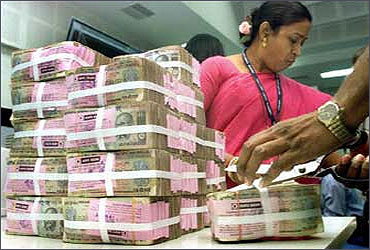
"The rating action considers SBI's capital situation and deteriorating asset quality. Our expectations that NPAs are likely to continue rising in the near term -- due to higher interest rates and a slower economy -- have caused us to adopt a negative view on SBI's creditworthiness," Moody's vice-president and senior credit officer Beatrice Woo said.
The standalone rating for SBI's private sector competitors, like ICICI Bank, HDFC Bank and Axis Bank, stand at 'C-'.
"The revised rating maps to a baseline credit assessment of Baa3. As a result of the lower BCA, the hybrid debt rating was downgraded to Ba3(hyb) from Ba2(hyb).
"The revised BFSR carries a stable outlook and the hybrid rating a negative outlook," Moody's said, adding that other credit ratings of the bank are unaffected.
. . .
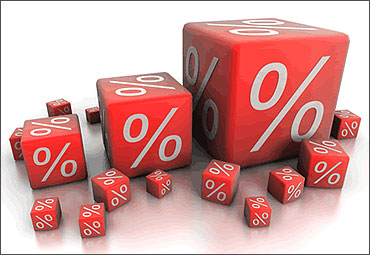
The ratings downgrade puts pressure on the government to infuse capital in the country's largest lender as soon as possible.
"Notwithstanding our expectations that SBI's capital ratios will soon be restored through a capital infusion by the government, SBI's efforts to secure this capital for the better part of the year demonstrates the bank's limited ability to manage its capital," Woo said.
SBI had reported a Tier-I capital ratio of 7.60 per cent as of June 30, 2011, as against the suggested level of 8 per cent termed as desirable by the government for public sector banks.
. . .
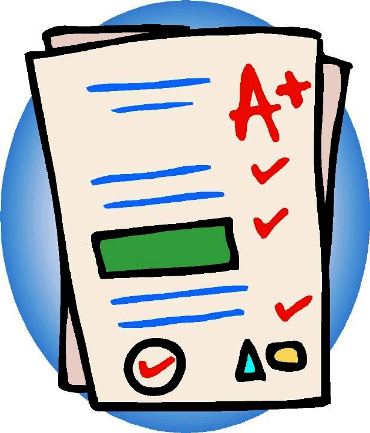
"The level pushes the bank into a lower rating band. In addition, it was below the 8 per cent Tier-I ratio that the government of India has committed to maintaining in public sector banks and substantially lower than those of other C-rated Indian banks," the ratings agency said.
It said such a low Tier-I capital ratio provides an insufficient cushion to support growth and to absorb potentially higher credit costs arising from deteriorating asset quality.
Moody's said SBI, like other public sector banks in India, will face cyclical swings in its Tier-I ratio over a three-year period and accordingly, it has rated the bank through the cycle assuming an average Tier-I capital ratio of 8.5 per cent.
. . .
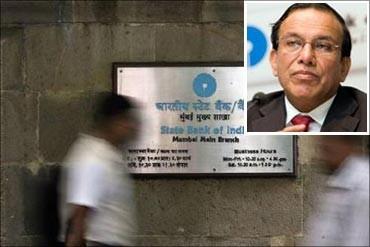
"The Rs 23,000-crore (Rs 230-billion) rights issue that SBI is currently seeking would raise its Tier-I ratio to approximately 9.3 per cent.
However, we estimate that capital deployed for loan growth, assuming 15 per cent per annum for the next three fiscal years, will cause the Tier-I ratio to fall below 8 per cent, thereby necessitating another capital exercise," Moody's said.
SBI's non-performing assets reached a three-year high of 3.52 per cent of loans for the quarter ended June 30.
. . .
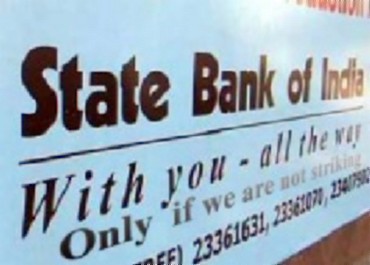
"Against the backdrop of a slowing economy and higher interest rates, the rising trend evident in SBI's new NPA formation rate since the third quarter of 2010-11 will continue.
"Therefore, Moody's expects SBI's potential credit costs will be relatively high in the near-term.
"NPA -- as a percentage of the bank's Tier-I capital ratio -- is now about 43 per cent," the agency said.
Moody's said that under a stress scenario, which assumed a gross NPA ratio of 12.07 per cent, SBI would require $8 billion to replenish its Tier-I capital ratio to 8 per cent.
. . .
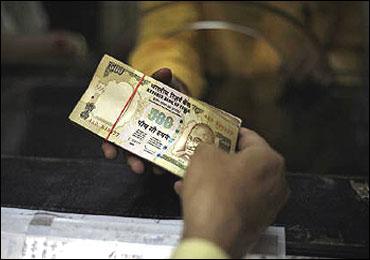
"To put this into perspective, SBI's ability to absorb losses in a stress situation is below that of the 'C-' rated Indian banks.
In order for SBI to raise its standalone rating, the bank has to increase and sustain the level of its Tier-I capital, as well as contain its asset quality, in line with other C-rated Indian banks over an extended period," Moody's said.
SBI's shares were trading 5.68 per cent down at a one-year low of Rs 1,751.35 apiece on the Bombay Stock Exchange at mid-session on Tuesday.